Citroën DS Grand Palais: A Beautiful New, Old Coupe
Images: Gérard Godfroy
Although Gérard Godfroy is not quite a household name in his country of origin, France, his designs for several of the specialist French carmakers have made him very popular at historic vehicle events in France and the neighbouring countries. Moreover, his revisiting of the Citroën DS coupe has found him many newfound admirers, as the Citroën DS Grand Palais has captured the imagination of Citroënistes everywhere.
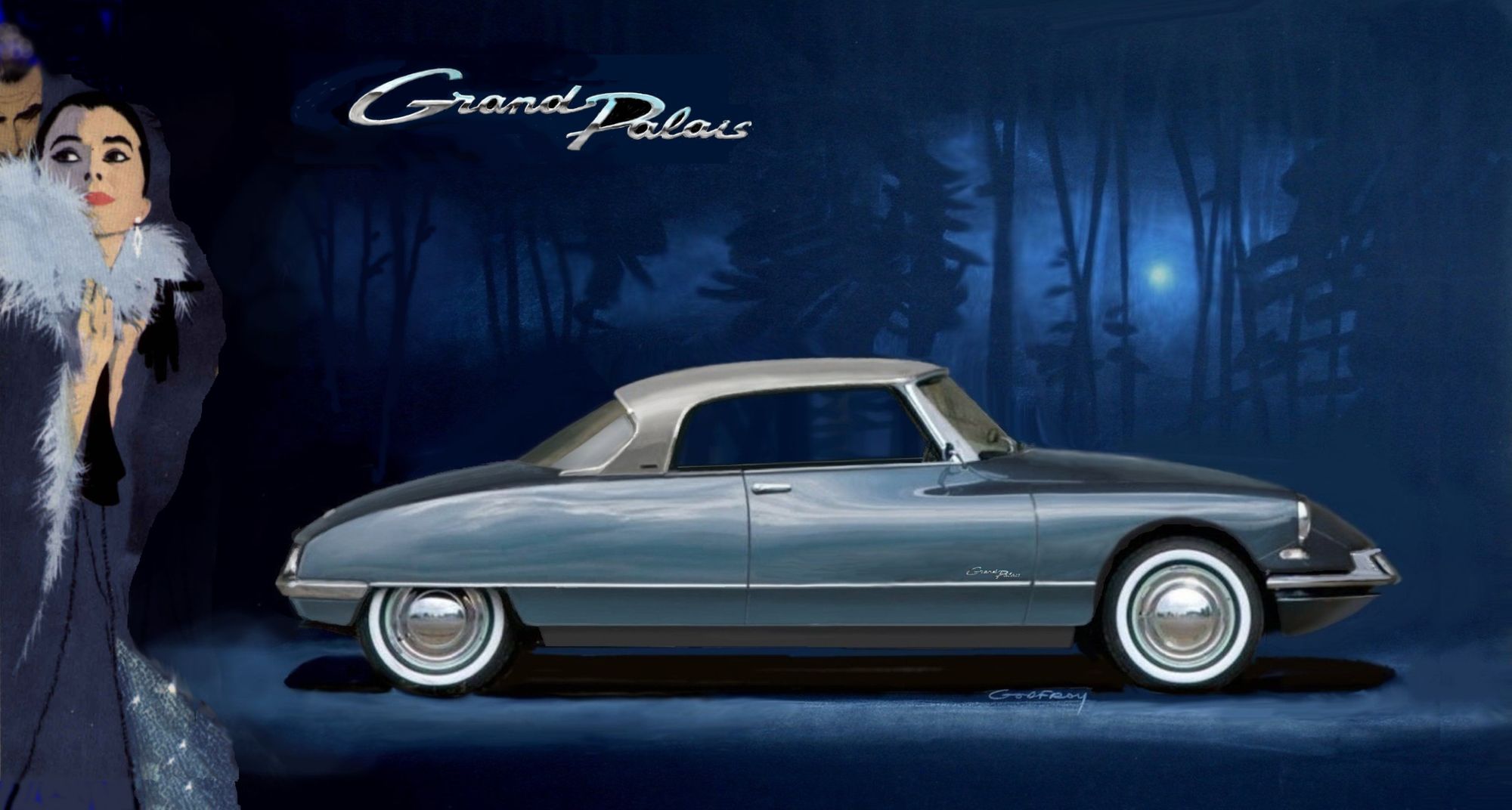
It was at the 1994 edition of the Paris Motor Show when this author came across four cars from obscure carmakers that really stood out: a microcar named the Chatenet Stella, the strikingly handsome Venturi 300 GT Altantique and two cars—a most unusual and distinctive four-seater amphibious car, and the Passport, a really stylish high-performance minivan—on the stand of a carmaker called Hobbycar.
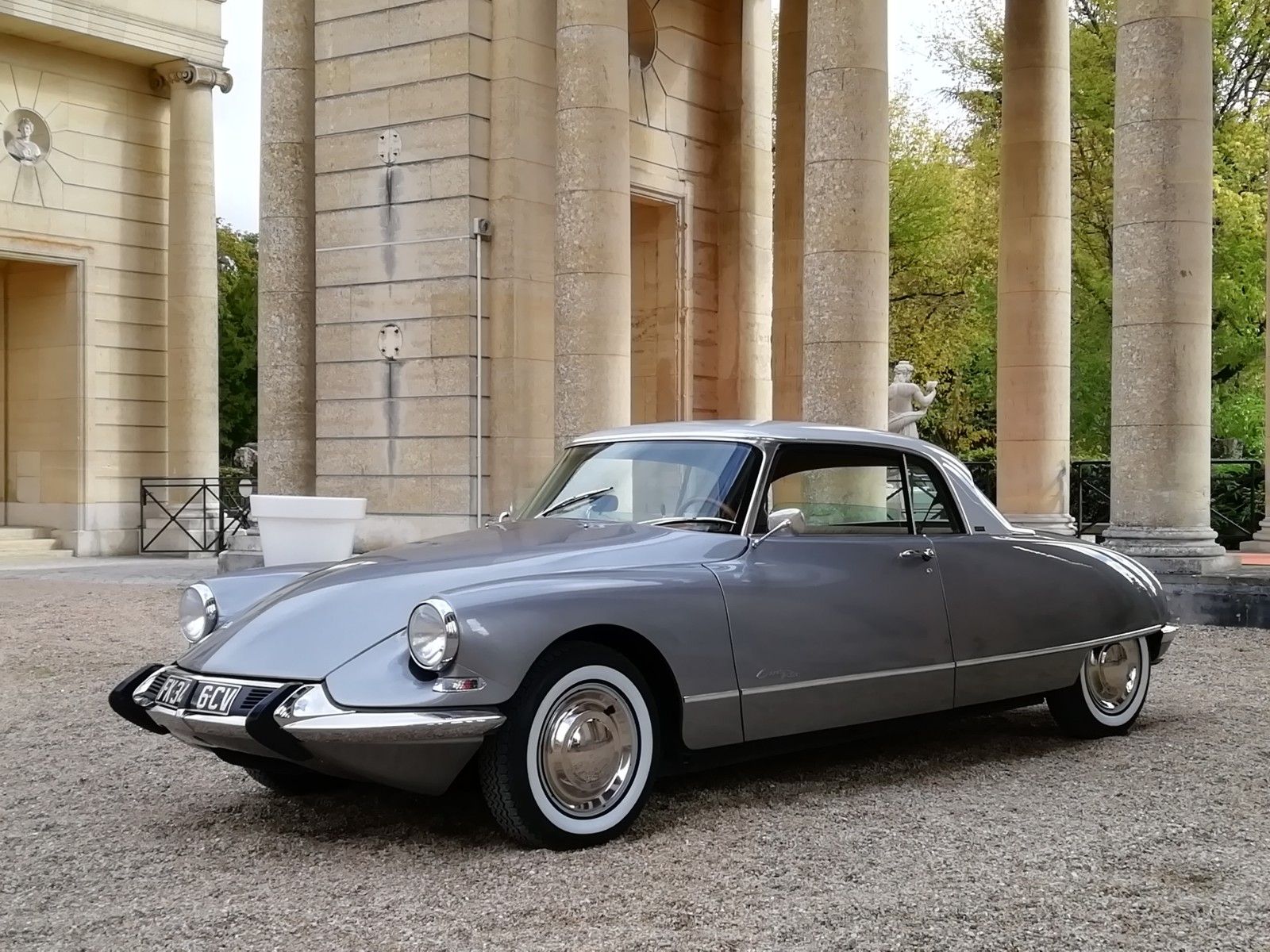
All these four had on their flanks a little badge that said the cars were designed by Godfroy Design. Extremely low-profile and virtually unknown, Gérard Godfroy, is, arguably, one of the finer designers of the 1980s and 1990s.
His body of work isn’t all that extensive, yet every one of his designs is timeless in the perfection of proportions and harmony of lines. This makes them some of the finer designs to have come out of France in the last three decades.
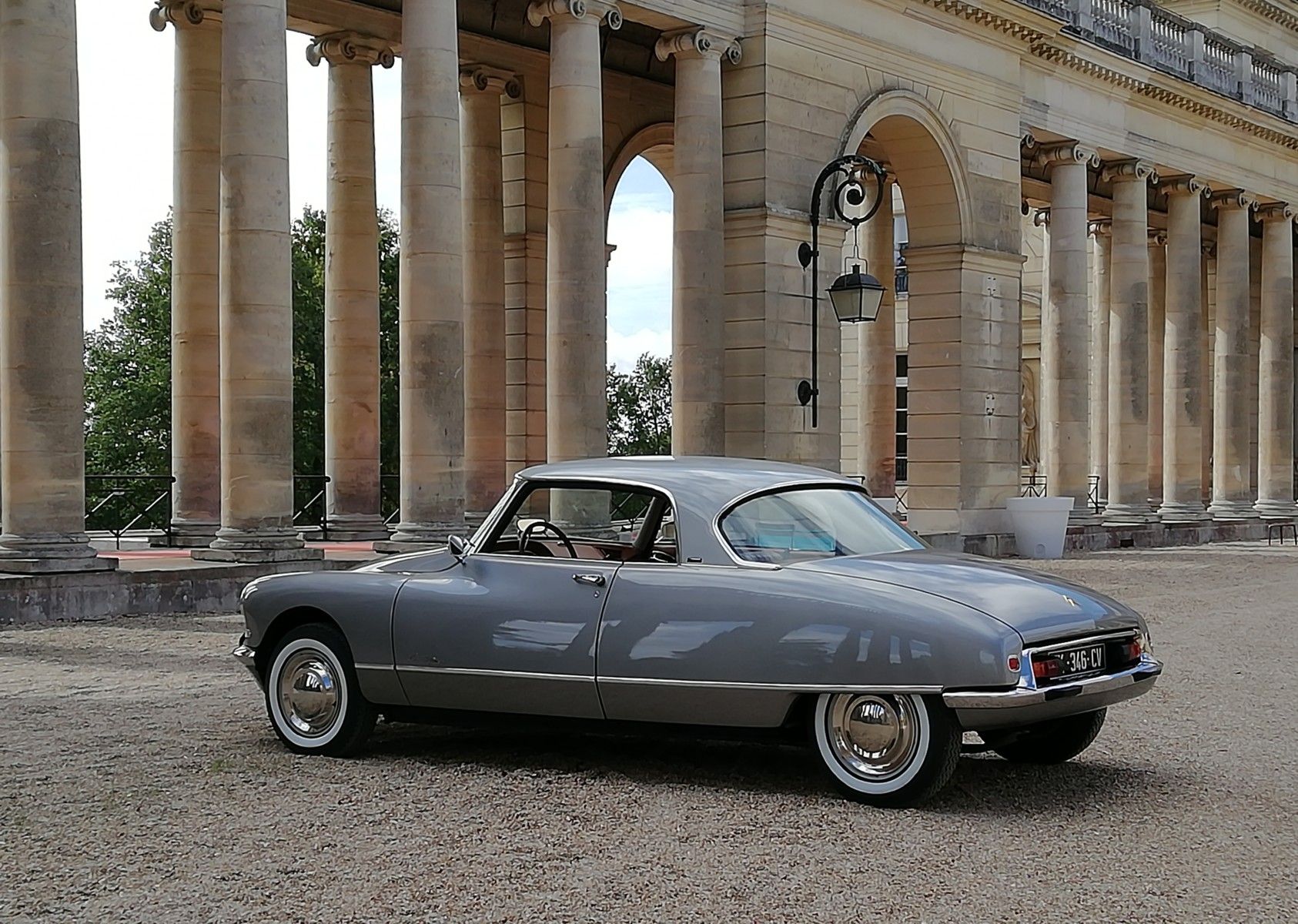
Born in 1946, art and automobiles were the two passions of Godfroy, which led him to go to an art school in the city where he was from: Rouen. Starting off as a freelance illustrator and designer in 1970, Godfroy went on to work on two VW Beetle transformations. In 1976, Godfroy joined Peugeot and the 205—the car that saved Peugeot—came from sketches that were signed by Godfroy.
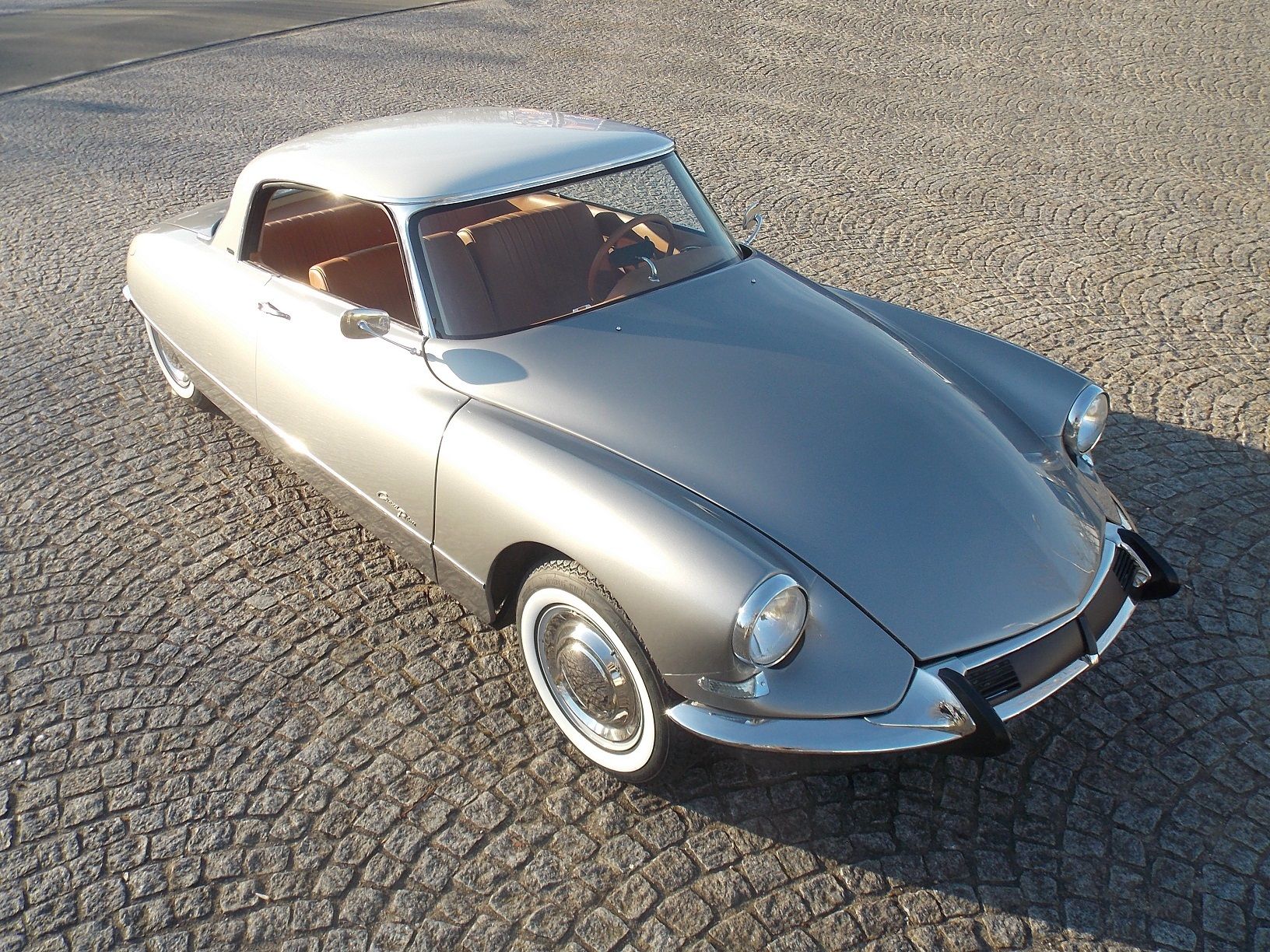
In 1978 he left Peugeot to join French coachbuilders Heuliez, where he worked on several projects for Ford Europe, Peugeot, Citroën, Renault, Audi and Alpine. But a desire to do something that was all his own got him to develop his own mid-engined sports car—the Godfroy Ventury—which eventually became famous as Venturi.
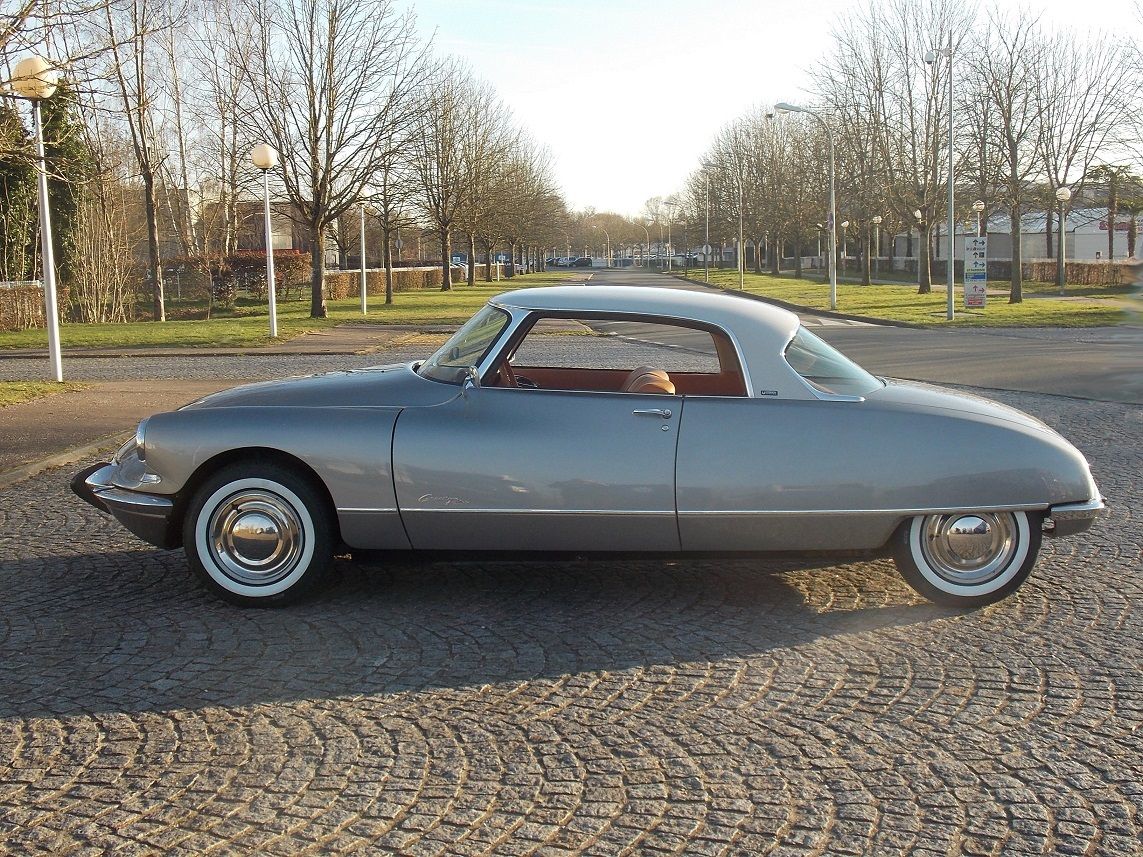
Into the 1990s, Godfroy worked on the amphibious Hobbycar. The Passport, a high performance MPV with electric sliding doors, followed in 1994, as did the Venturi Atlantique. That same year he also designed the Chatenet Stella, the four-seater version which was under consideration for manufacture in India by Eicher in 1998.
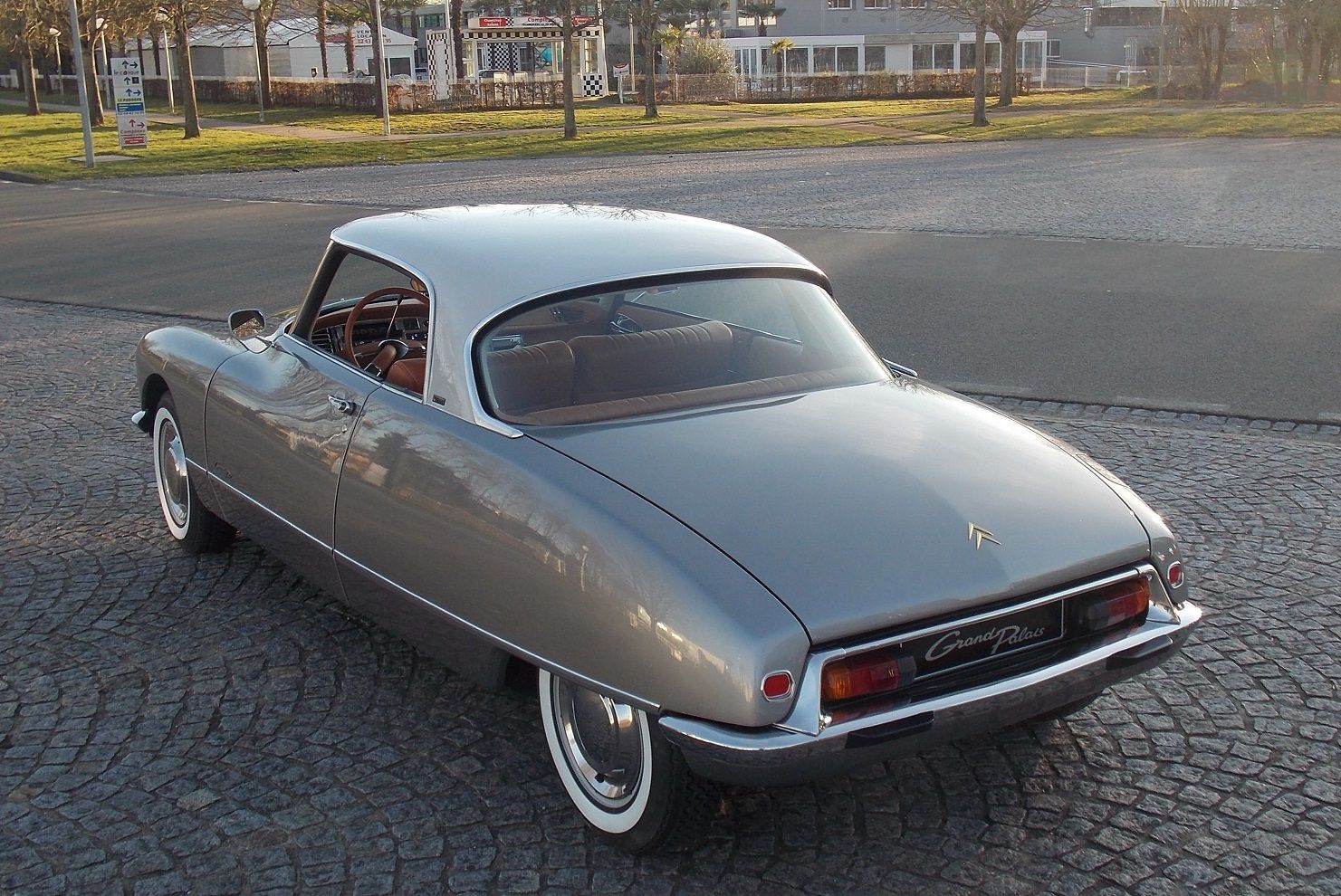
Godfroy’s design for San Motors, the Storm coupe and cabriolet debuted at the 1998 edition of Delhi’s Auto Expo. After a stint of consulting with Tata Motors during 2003–2004, Godfroy retired in 2008, and decided to concentrate on spending his time peacefully at his house in the ancient town of Bayeux, France.
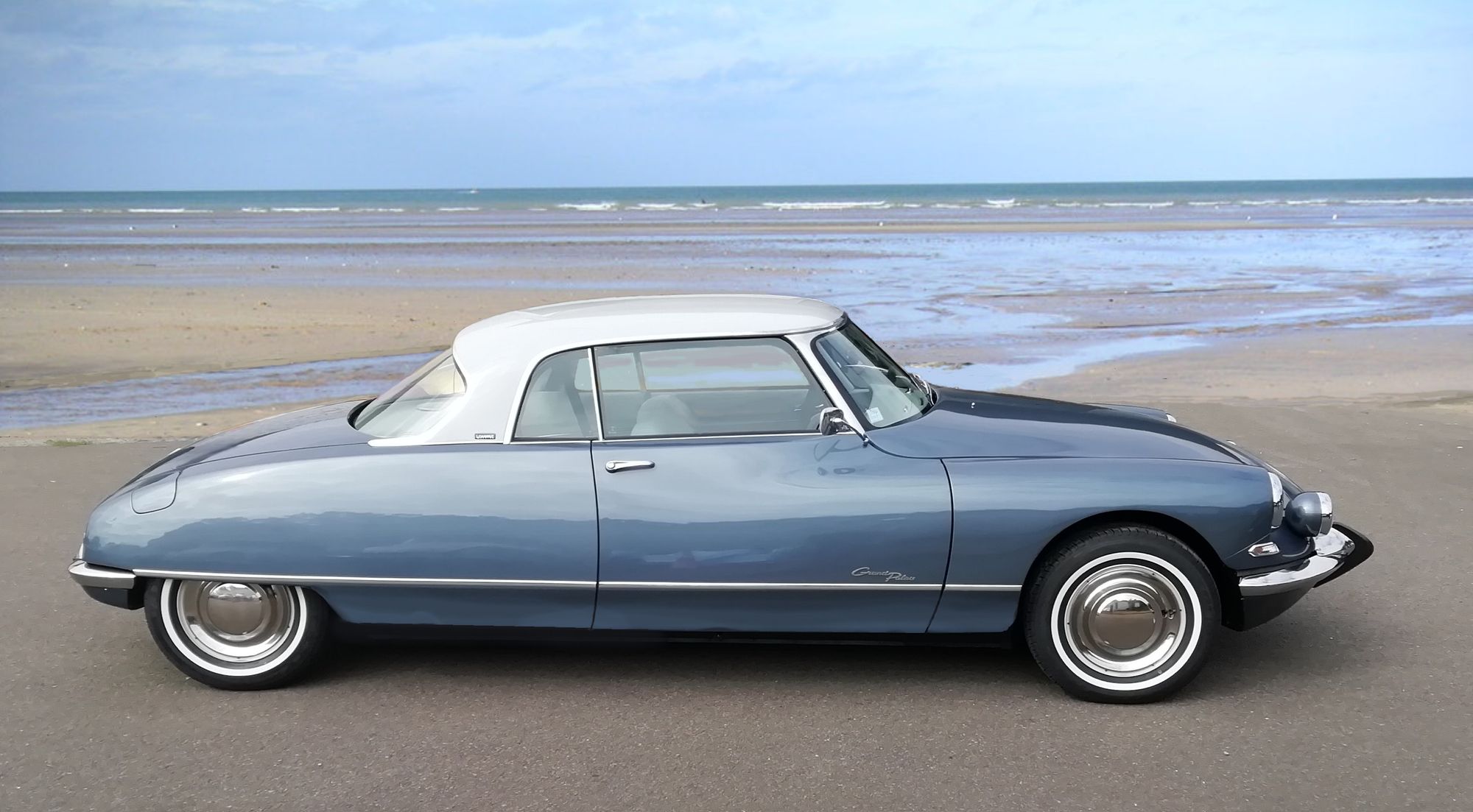
At a special showcasing of several different designs of Citroen’s DS in coupe form by the now-extinct French coachbuilder Chapron at Salon Retromobile in Paris in 2012, Gérard Godfroy and yours truly concluded that none of the designs paid tribute the original DS.
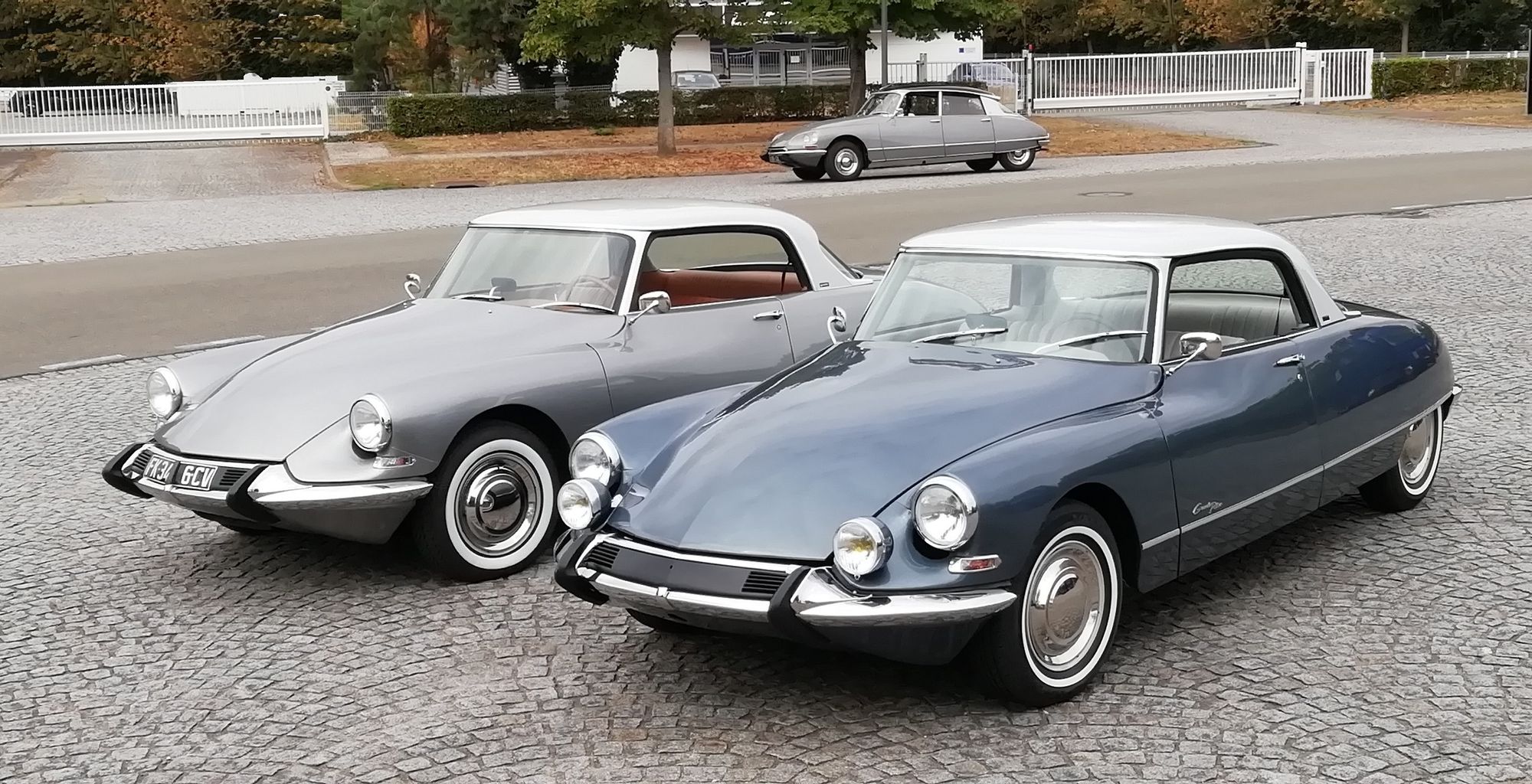
This had the French design legend imagining what would be the shape of a coupe on the DS base if the car’s original designer Flaminio Bertoni had had the opportunity to design one.
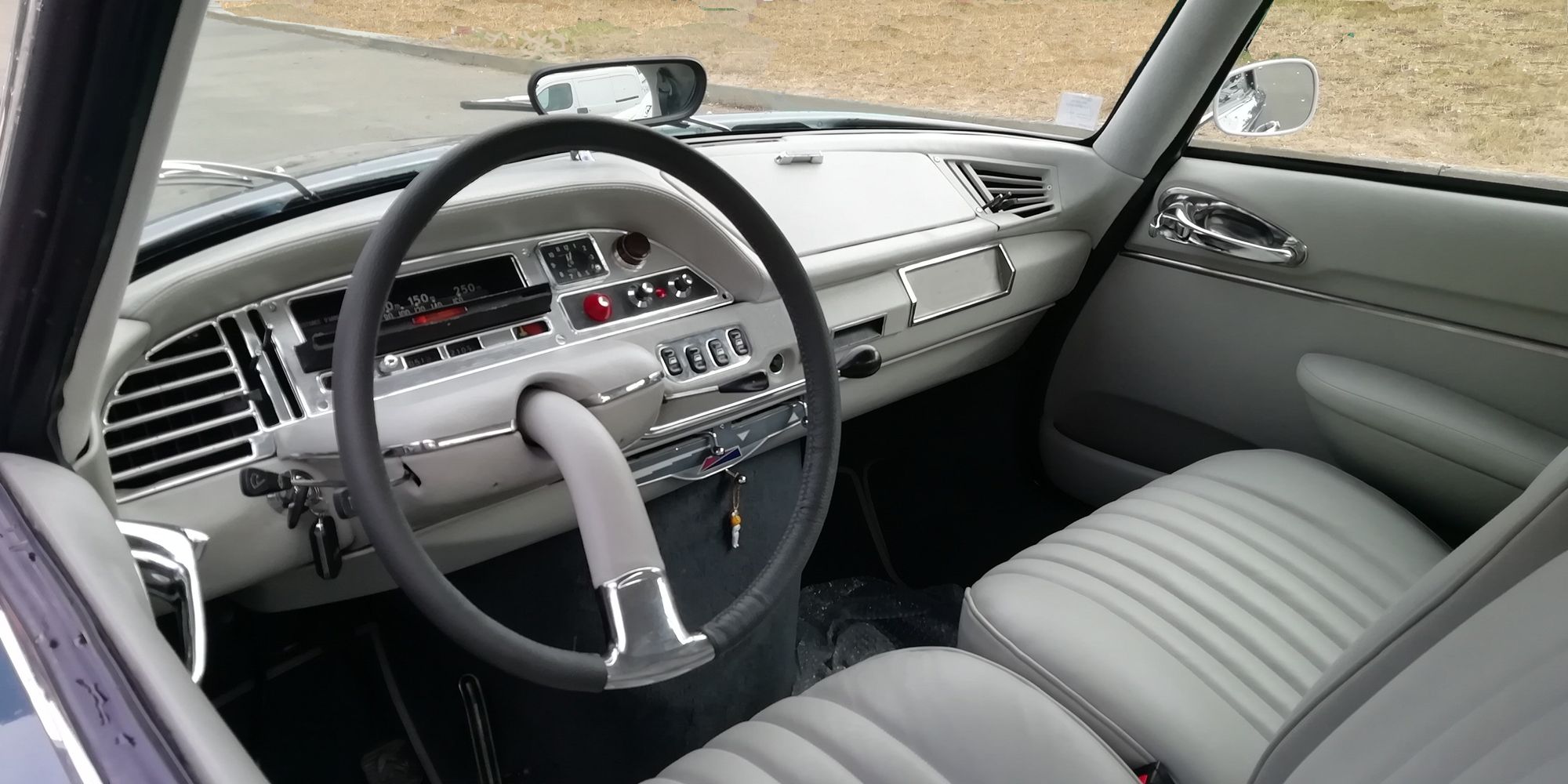
Gérard’s long-time collaborator Christophe Bihr, the owner of the Le Mans-based prototype shop Automotive, had just acquired a DS with the plan to convert it into a convertible. Gérard convinced Christophe that instead of removing the roof, why not re-imagine the car into a coupe with lines more fluid than all the different attempts by Chapron. After two years of renderings and illustrations, work began in 2014.

The starting point was Christophe’s 1968 Citroën DS 21, powered by a 2175cc four-cylinder and aspirated by twin Webers, developing a maximum power of 115bhp. The car was completely stripped and the chassis was reinforced. Instead of the rear doors, an A-frame was inserted to stiffen the shell. The front pair of doors were extended by 10cm, so that access to the rear bench could be more convenient.
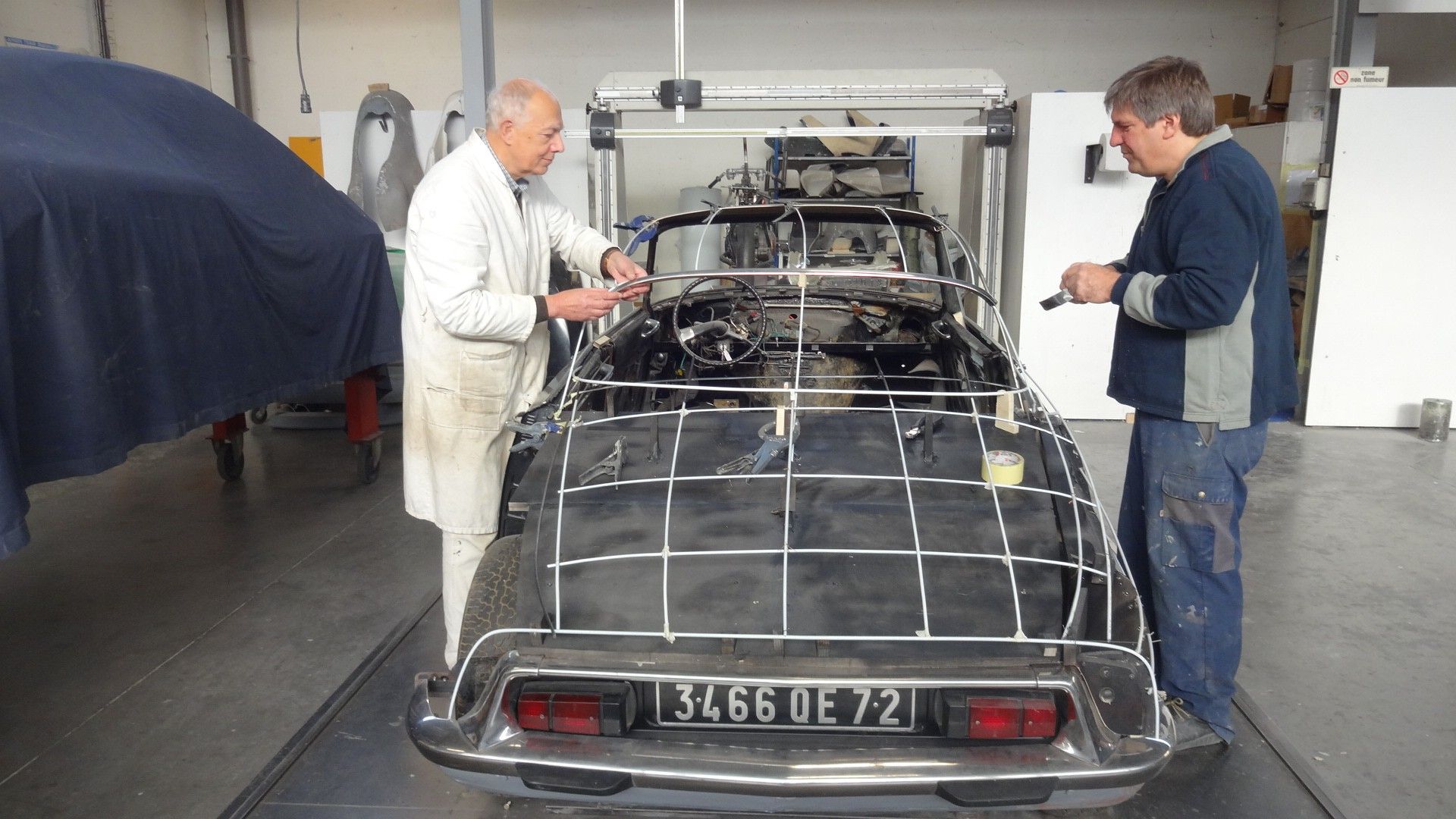
Up to the B-pillar the steel body of the DS has been retained, whereas the rear fenders, boot and roof have been constructed in fibreglass. The rear pair of side windows are all new, as is the deeply curved rear windscreen.
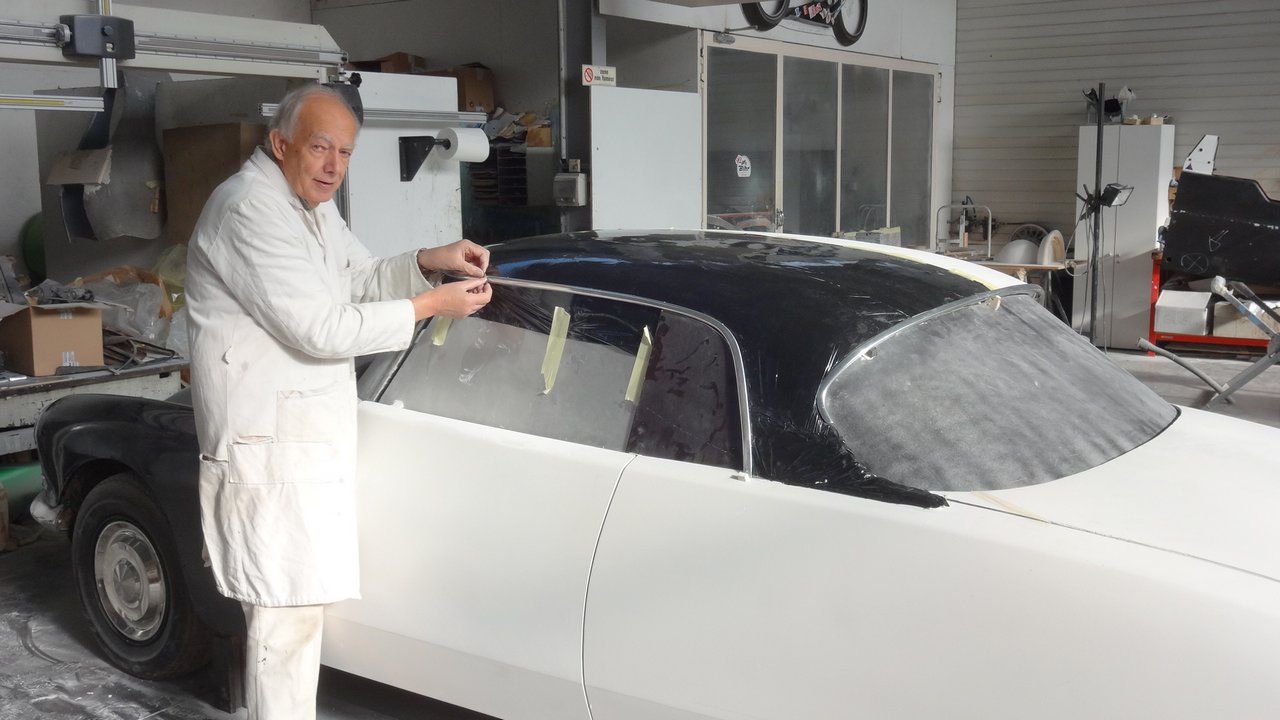
The car was comprehensively restored, and no part of the car was left to chance. Everything was overhauled or redone without distorting or spoiling the DNA of the DS. Yet there is no doubt that the body is as good as new, and not quite period correct… so is it still a historic vehicle?
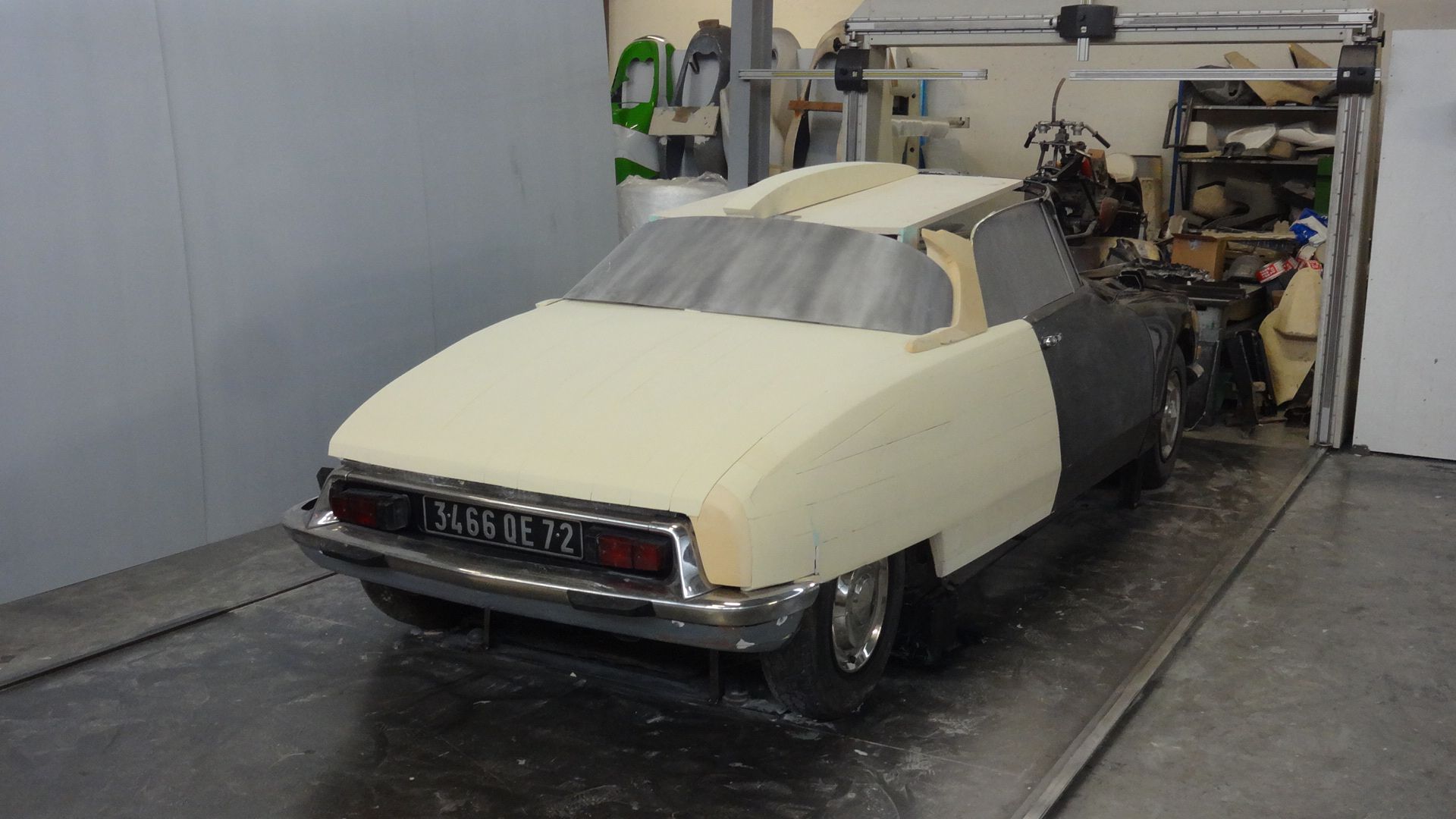
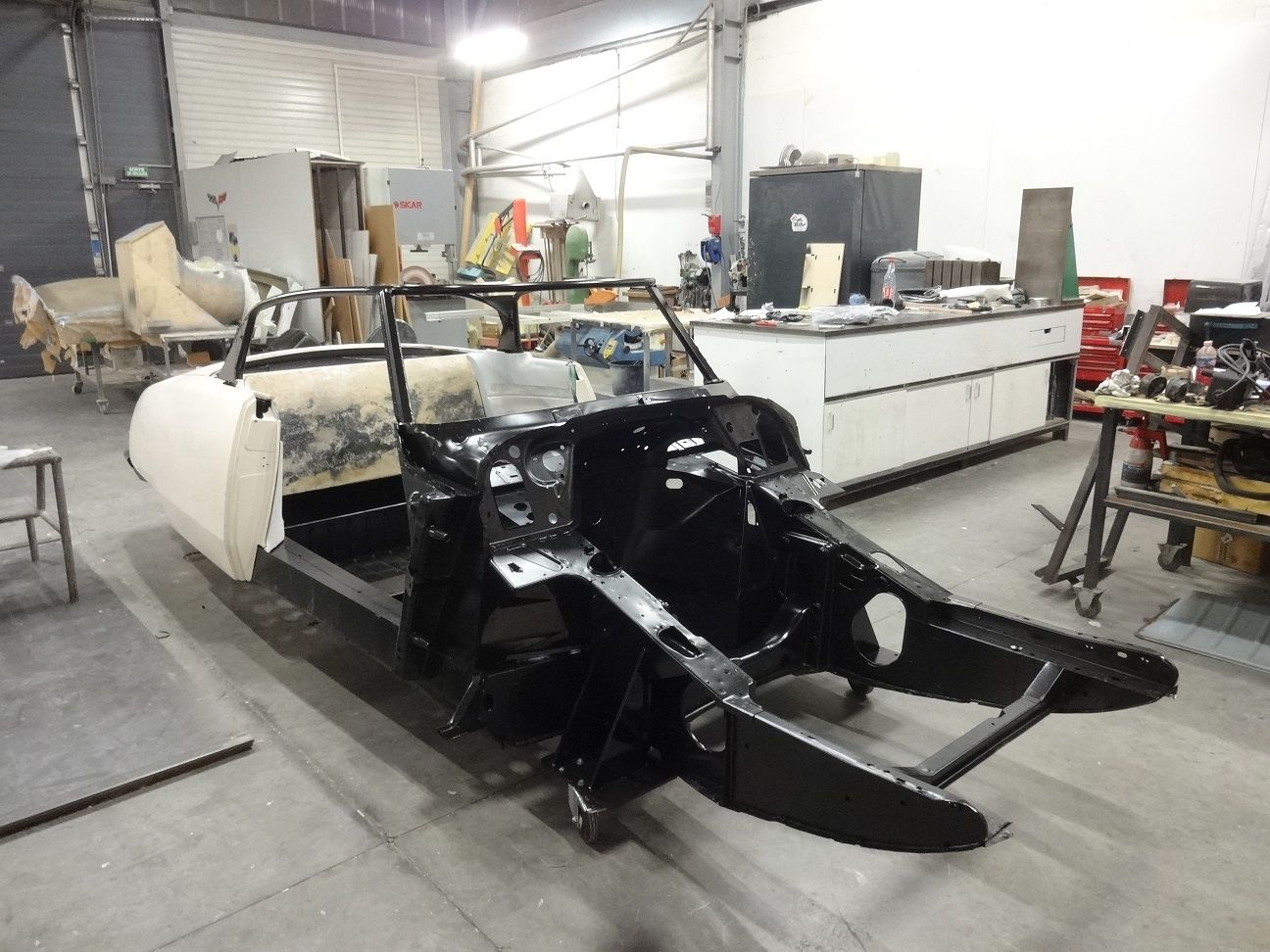
Either way, the Grand Palais, as Gérard Godfroy and Christophe Bihr have decided to brand it, has been featured in many of the leading automobile magazines in Europe, including the British Classic & Sports Car.
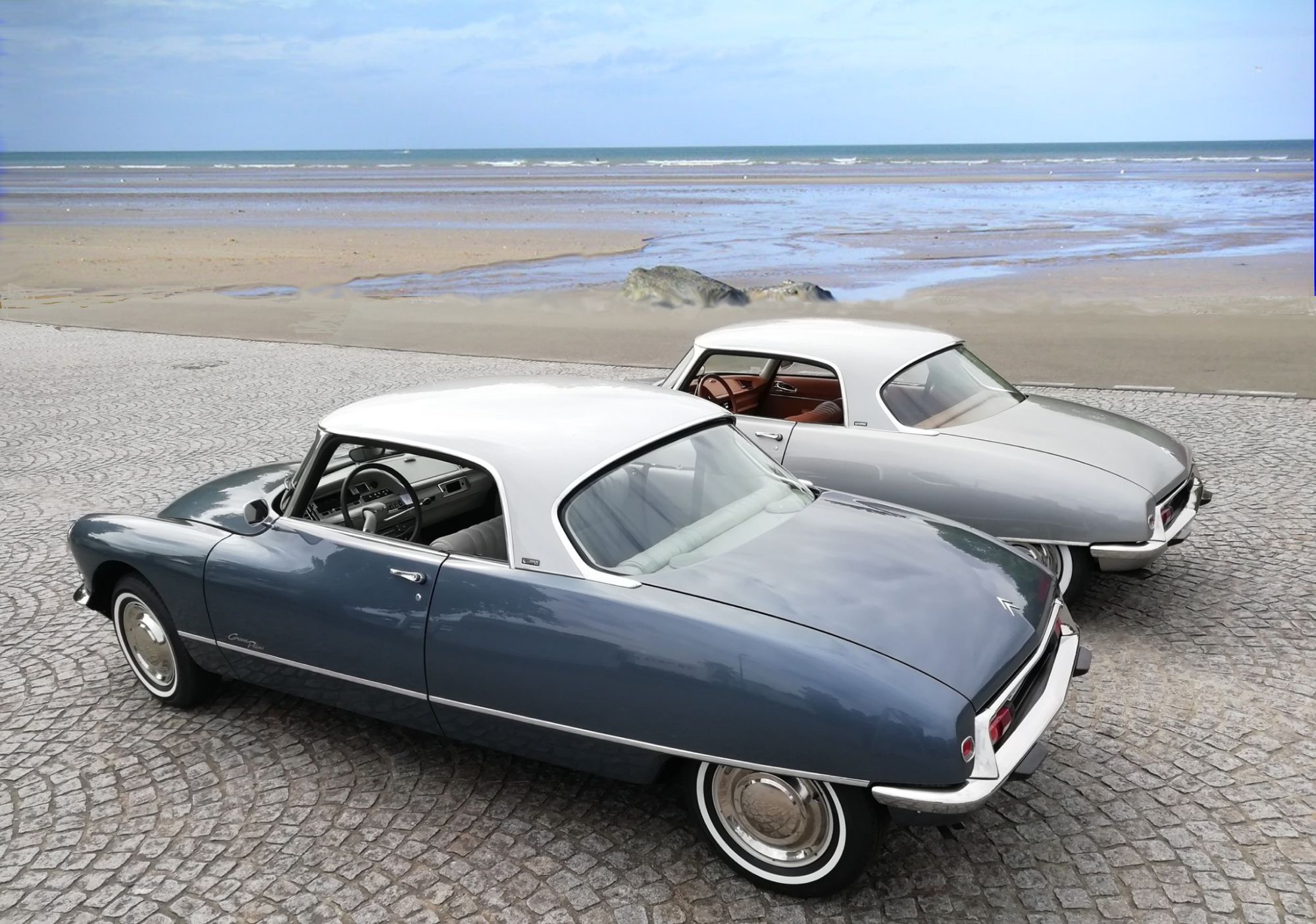
In the process, Godfroy-Bihr have been flooded with orders, and the two of them spend their time crafting away these Grand Palais models for those keen to have one of these achingly beautiful cars.
Comments
Sign in or become a deRivaz & Ives member to join the conversation.
Just enter your email below to get a log in link.
